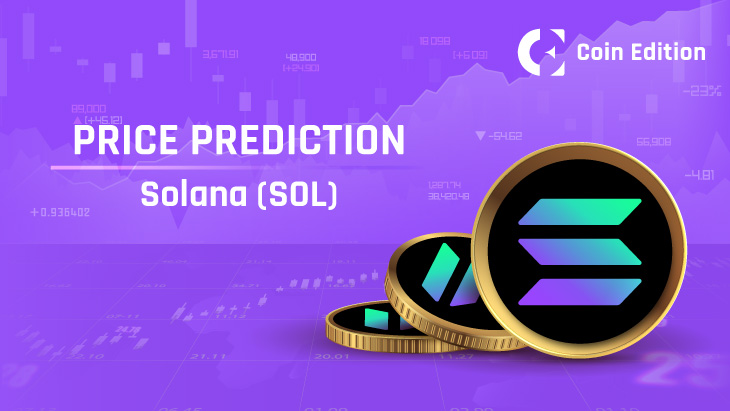- The U.S. Department of Commerce now broadcasts official BEA economic data directly onto the blockchain
- Chainlink delivers these metrics, including GDP and inflation, to ten networks like Ethereum and Base
- This move enables automated trading and advanced DeFi risk management based on verifiable gov’t data
The decentralized oracle network Chainlink and the United States Department of Commerce (DOC) have collaborated to bring US government macroeconomic data onchain from the Bureau of Economic Analysis (BEA).
This integration hardwires the U.S. economy’s core metrics into the rails of the digital asset market.
What Economic Metrics Are Now On-Chain?
The new Chainlink data feeds stream critical U.S. economic vital signs. The initial release includes the level and percentage change for Real Gross Domestic Product (GDP), the Personal Consumption Expenditures (PCE) Price Index, and Real Final Sales to Private Domestic Purchasers. This creates a direct, verifiable pipeline of data on economic growth, inflation, and domestic demand.
Related: Ripple’s RLUSD Becomes Key Collateral in Aave’s New RWA Market, Powered by Chainlink
This integration moves beyond simple online publishing; it embeds cryptographic truth into the market’s foundation, setting a new standard for data integrity. The official project announcement details this collaboration as a win for transparency, but analysts note the real battle for Chainlink remains on the charts, with LINK still fighting significant technical resistance.
How Does This Reshape Blockchain Markets?
On-chain U.S. government data directly catalyzes a new wave of financial innovation. Chainlink points to the immediate development of sophisticated automated trading strategies that can execute based on real-time, tamper-proof macroeconomic triggers.
This data also enables new types of tokenized assets and more complex DeFi risk management protocols that dynamically adjust to economic factors. It further opens the door for real-time prediction markets and transparent dashboards powered by immutable, government-sourced data. This is directly relevant as new forms of collateral, like Ripple’s RLUSD, begin to enter DeFi lending markets like Aave, which also rely on Chainlink’s infrastructure.
Which Blockchains Get First Access to the Data?
These government data feeds are now live across ten initial blockchain platforms, ensuring broad developer access. The first networks to receive the data are Arbitrum, Avalanche, Base, Botanix, Ethereum, Linea, Mantle, Optimism, Sonic, and ZKsync, with plans for further expansion. All datasets will be updated on their standard monthly or quarterly schedules directly on the platform.
Related: Chainlink’s Deal with SBI Is a Major Win, But Chart Shows LINK’s Battle at $27 Resistance
This action highlights a deepening, symbiotic relationship between Chainlink and U.S. government bodies. Analysts see the collaboration as mutually beneficial, giving the government a transparent dissemination method while cementing Chainlink’s role as critical infrastructure for the on-chain economy.
Disclaimer: The information presented in this article is for informational and educational purposes only. The article does not constitute financial advice or advice of any kind. Coin Edition is not responsible for any losses incurred as a result of the utilization of content, products, or services mentioned. Readers are advised to exercise caution before taking any action related to the company.







